
William Hogarth Gin Lane and Beer Street 10x12 inch prints Etsy
Beer Street. Gin Lane is one of a pair of engravings by Hogarth, the other, 'Beer Street', is in stark contrast. In this picture the church rises above all and a drooping pawnbroker's sign is below the level of the royal standard flying from the spire to mark the king's birthday. Only the artist is thin and gaunt in Beer Street.
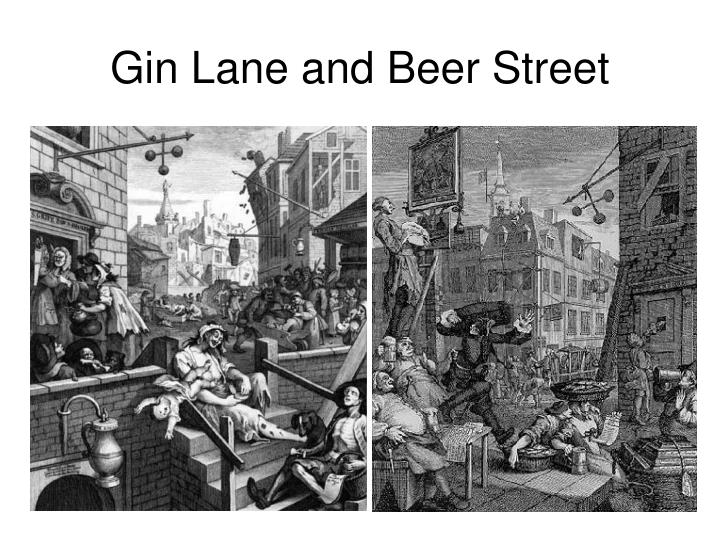
PPT Romanticism and Realism, Art Nouveau and Impressionism PowerPoint
Beer Street and Gin Lane are two prints issued in 1751 by English artist William Hogarth in support of what would become the Gin Act. Designed to be viewed alongside each other, they depict the evils of the consumption of gin as a contrast to the merits of drinking beer. At almost the same time and on the same subject, Hogarth's friend Henry Fielding published An Inquiry into the Late Increase.
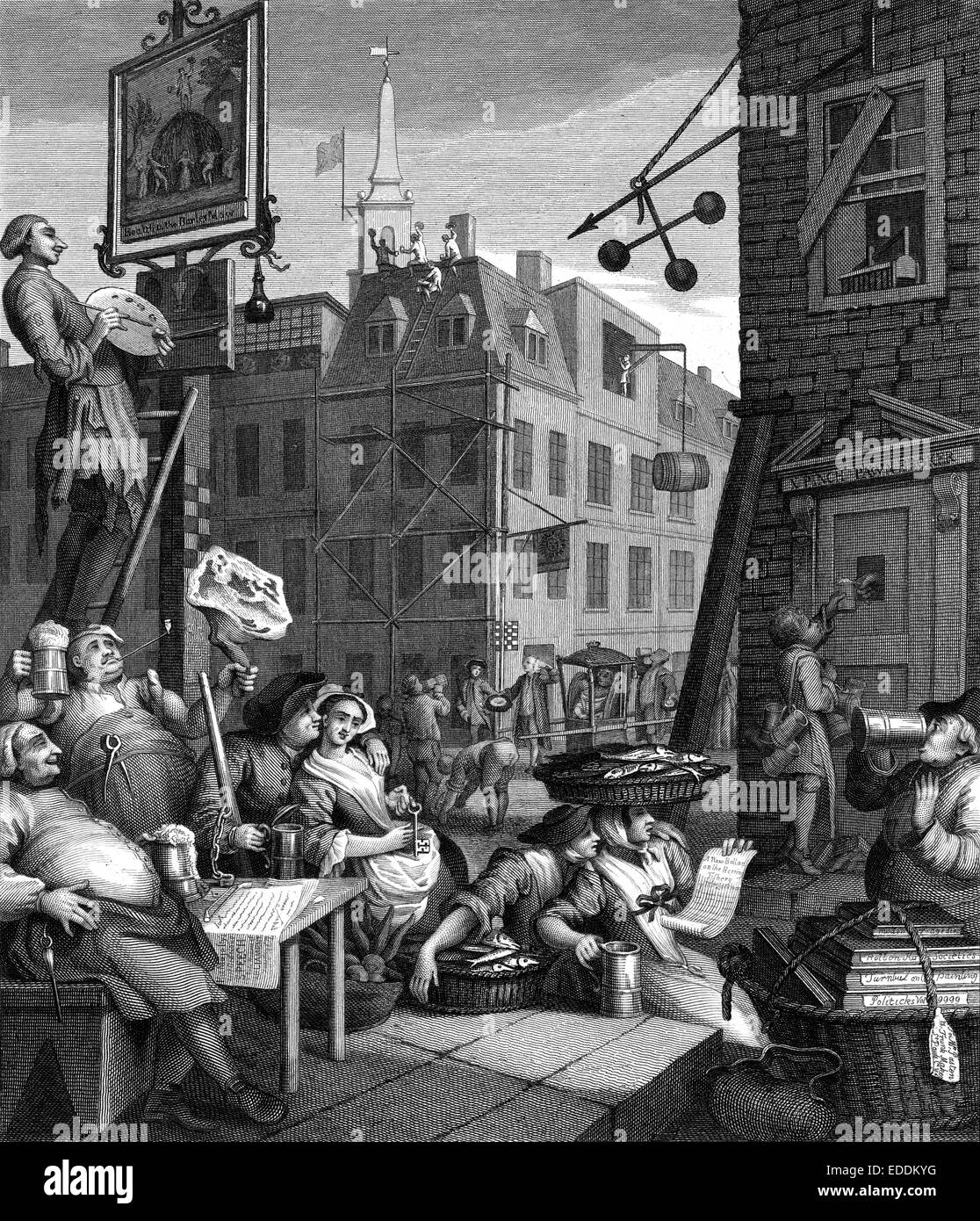
Beer Street and Gin Lane are two prints issued in 1751 by English Stock
In 60 seconds: Hogarth's 'Gin Lane' & 'Beer Street' By Tiffany Greenoak Published 6 May 2020. Learn how a pair of engravings by satirical artist William Hogarth were used to alter the drinking habits of the British public in the 18th century.
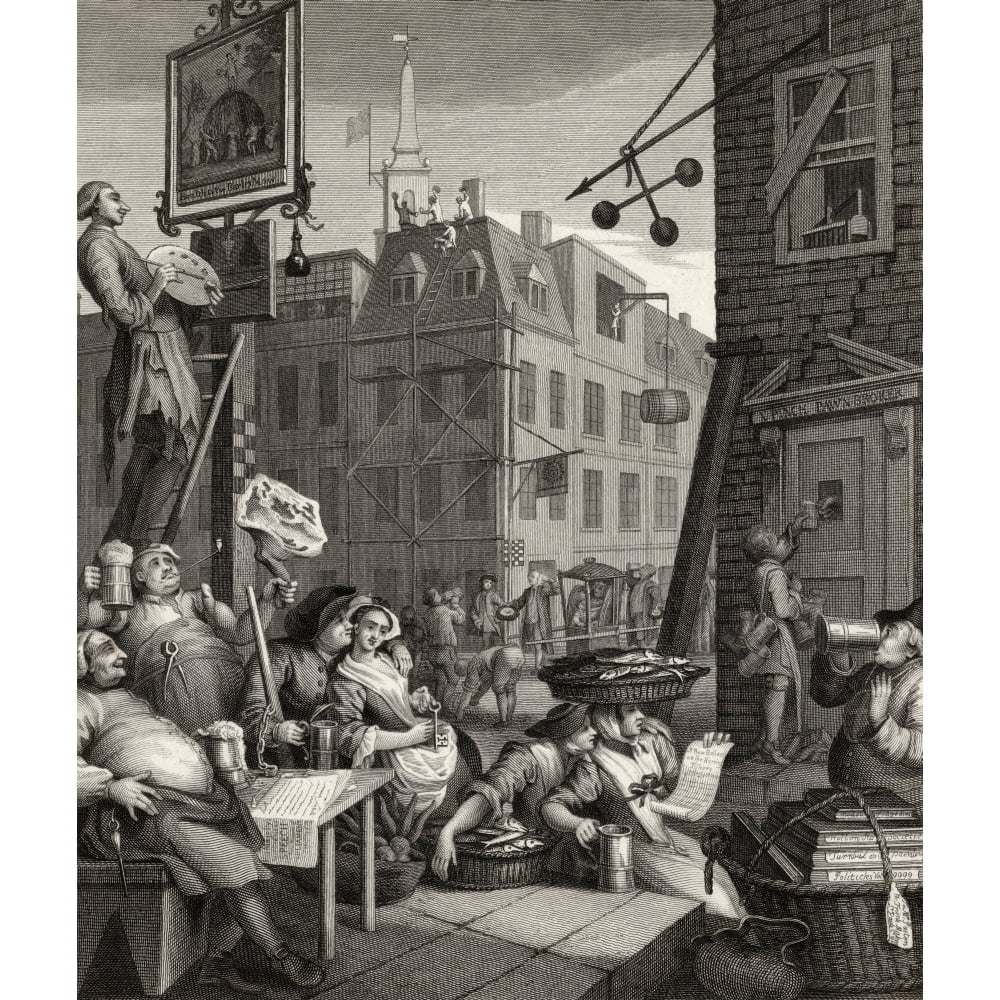
Beer Street And Gin Lane Beer Street From The Original Design By
"Gin Lane" was created as part of a pair; its lesser-known counterpart is "Beer Street". By juxtaposing the two, Hogarth was illustrating the difference, as seen by contemporaries, between gin.

Gin transformed from royal elixir to sawdustfilled poison in England
Conclusion. Hogarth's 'Gin Lane' and 'Beer Street' are didatic public health icons. He uses the depiction of physical ill health as a tool to drive his message home. Everyone can identify with disease which touches all, no matter what class. Hogarth implies a state of good health is a consequence of good character.
Beer Street and Gin Lane prints by William Hogarth, 1751 r
Beer Street and Gin Lane (1751). Beer Street and Gin Lane are two prints issued in 1751 by English artist William Hogarth in support of what would become the Gin Act.Designed to be viewed alongside each other, they depict the evils of the consumption of gin as a contrast to the merits of drinking beer.At almost the same time and on the same subject, Hogarth's friend Henry Fielding published An.

Hogarth Gin Lane And Beer Street
Learn how a pair of engravings by satirical artist William Hogarth were used to alter the drinking habits of the British public in the 18th century. Made to.
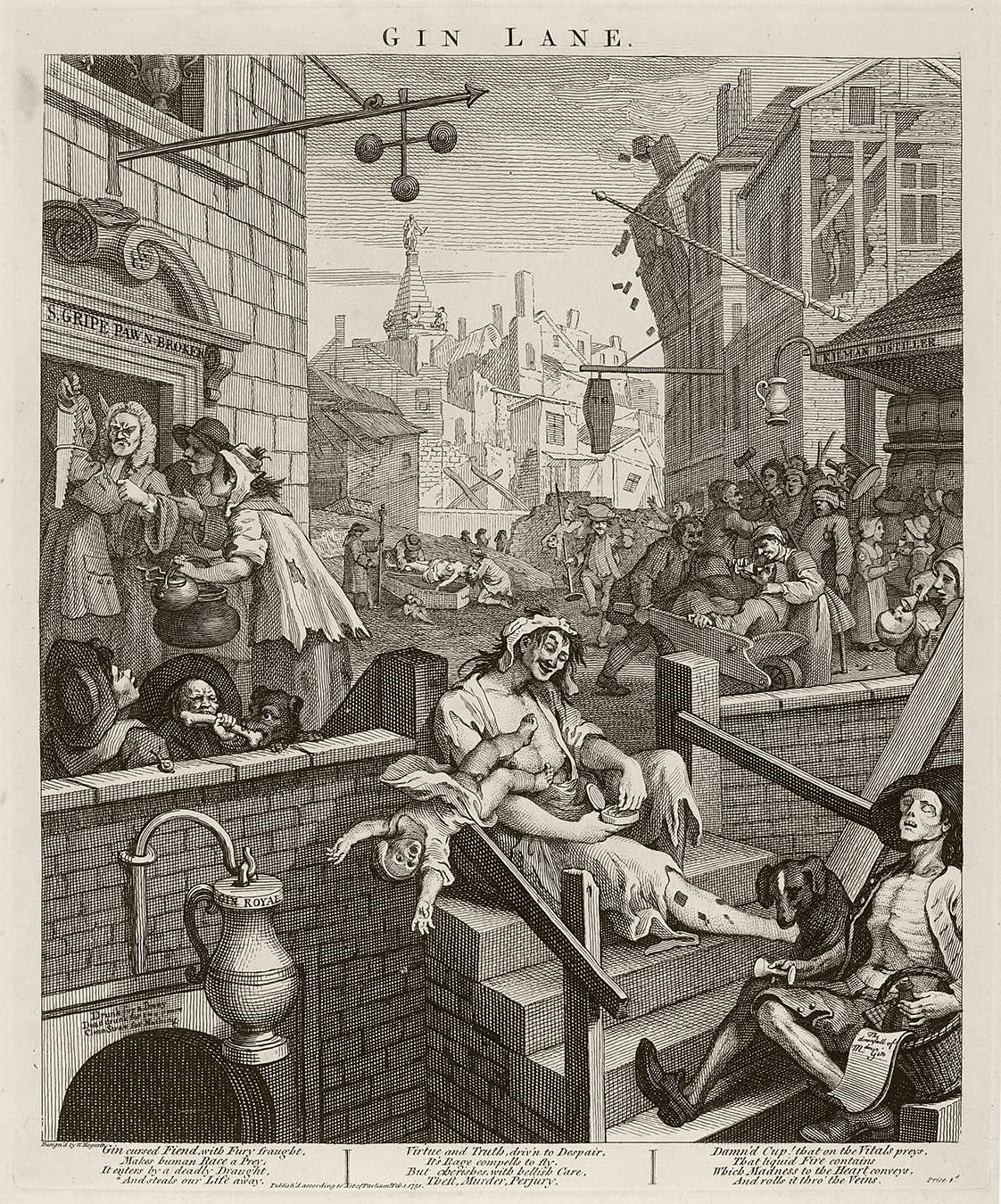
Alcohol in the 1700s Atlantic World Alcohol's Empire
'Beer Street' portrays an image of an ideal and quintessentially British society fuelled by patronage and England's own produce. In contrast, the citizens of 'Gin Lane', are shown guzzling vast quantities of gin.2 Hogarth depicts ordinary people caught up in a dysfunctional community who are seemingly unable to help themselves from reaching a chaotic state of self-destruction.
_blog.jpg?1607800434)
A Stroll down Beer Street and Gin Lane
The Beer Street is print is generally calmer than Gin Lane, making the scene much easier to view and certainly more pleasurable to look at, a reflection on the themes within it. Gin Lane: Hogarth has used various planes on which to view this tumultuous piece allowing him to include more drama and action without jeopardizing its three-dimensional aspects.

Beer Street And Gin Lane Beer Street Greeting Card for Sale by Vintage
Beer Street and Gin Lane are two prints issued in 1751 by English artist William Hogarth in support of what would become the Gin Act. Designed to be viewed a.
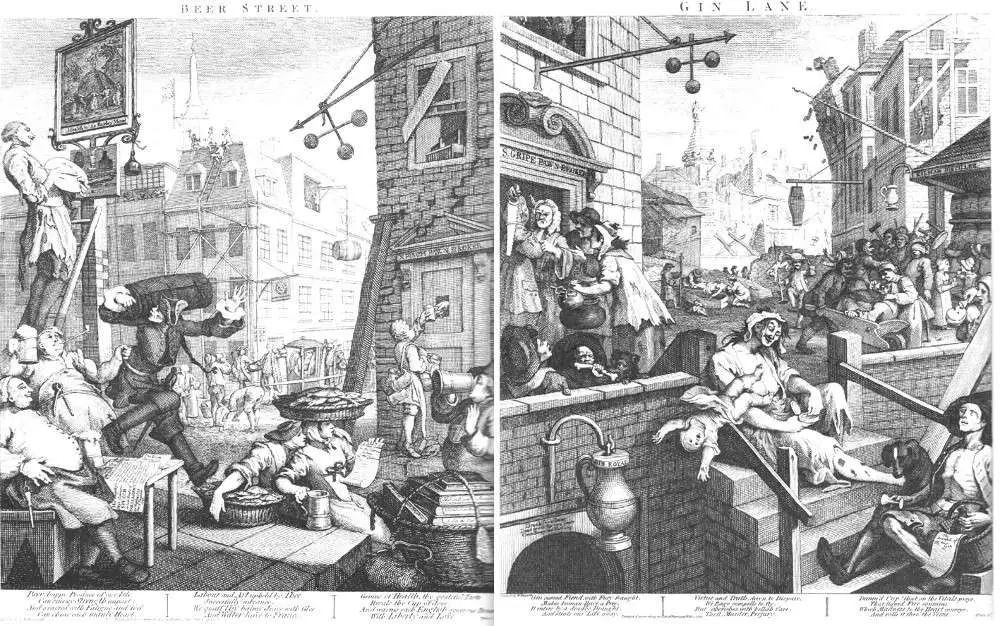
A Rhode Islander in England, 1828, Is Shocked By English Drinking
Beer Street and Gin Lane (1751). Beer Street and Gin Lane are two prints issued in 1751 by English artist William Hogarth in support of what would become the Gin Act.Designed to be viewed alongside each other, they depict the evils of the consumption of gin as a contrast to the merits of drinking beer.At almost the same time and on the same subject, Hogarth's friend Henry Fielding published An.
⭐ Beer street and gin lane. Beer Street and Gin Lane. 20221126
Beer Street and Gin Lane are two prints issued in 1751 by English artist William Hogarth in support of what would become the Gin Act.. they depict the evils of the consumption of gin as a contrast to the merits of drinking beer. Designed to be viewed alongside each other, they depict the evils of the consumption of gin as a contrast to the merits of drinking beer.
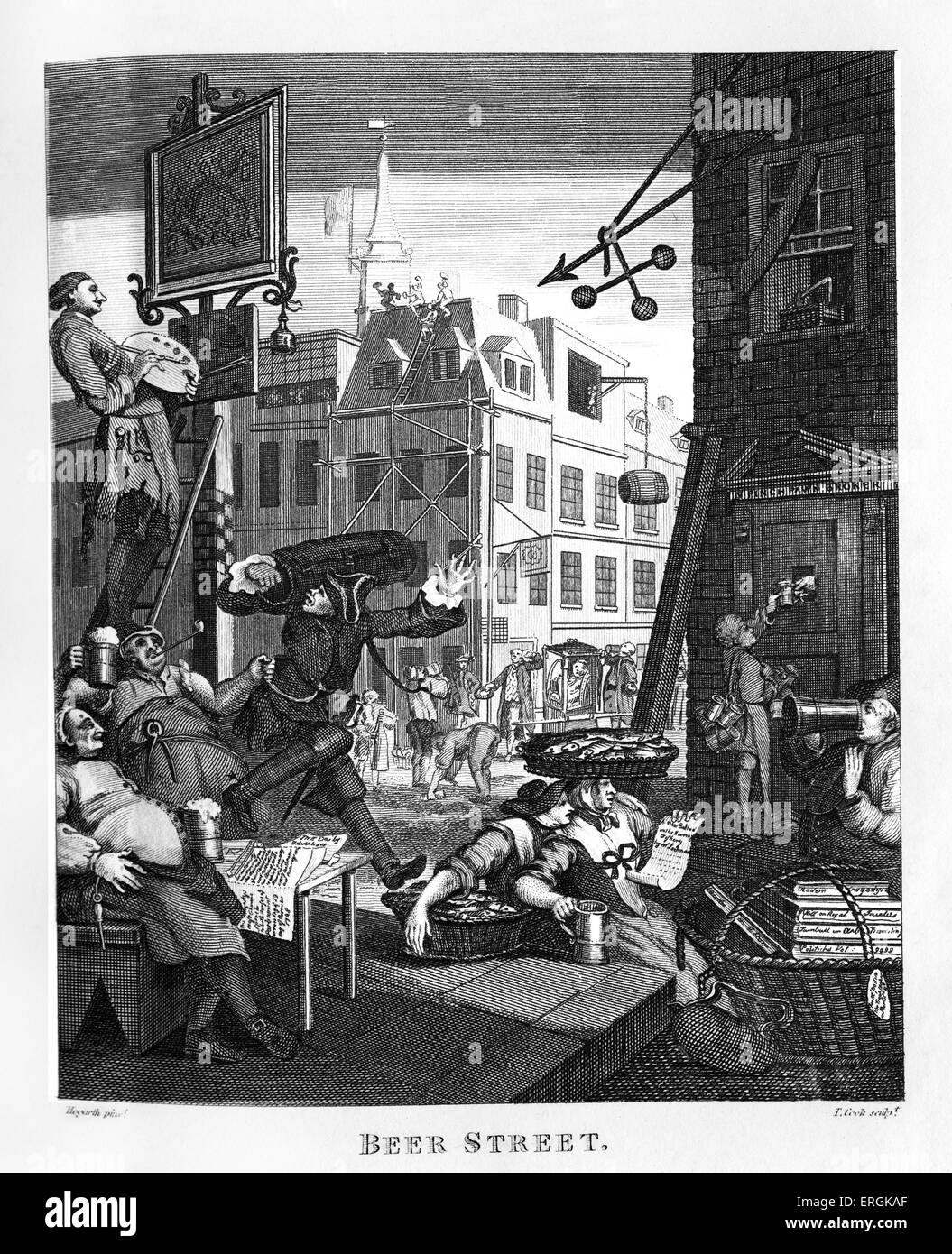
Beer Street by William Hogarth, 1751. Coupled with Gin lane, these
Beer Street, 1 February 1751 William Hogarth (1697 - 1764) RA Collection: Art This print was published as a pair with Gin Lane and contrasted the health and productivity benefits of drinking beer with the vice of gin drinking. At the time the prints were made gin was drunk in great quantities in England, and the Gin Act of 1751 reduced the number of gin shops and greatly increased the tax on.
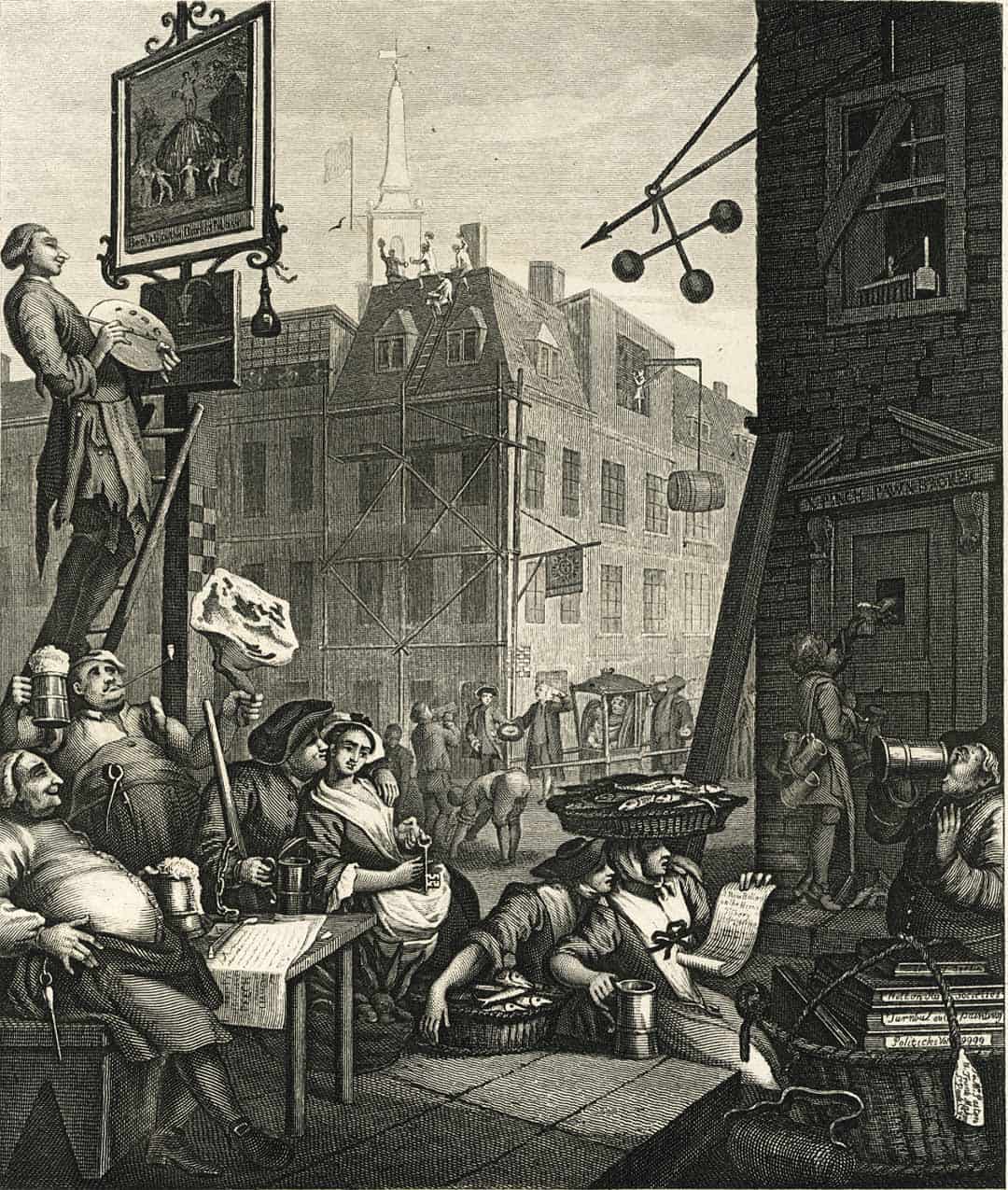
Beer Street and Gin Lane by William Hogarth Peachridge Glass
In February of 1751, Hogarth debuted a print duo, "Gin Lane" and "Beer Street." It was well timed for the Gin Act of 1751, which effectively shuttered small gin distillers with the goal of wiping out much of the available product. "Gin Lane" captured a motley scene of poverty-stricken people in St. Giles at various stages of ruin.

Beer Street and Gin Lane Bath Towel for Sale by William Hogarth
Beer Street is one of a pair of prints, the other being Gin Lane, which William Hogarth produced in 1751. They were both responses to the government's inadequacy in tackling the social and health issues caused by excessive gin drinking. From the late 1600s onward, English, and subsequently British, governments had promoted distilling as a.

Beer Street and Gin Lane Wikipedia
The context for Beer Street and Gin Lane was the so-called 'Gin Craze' of the first half of the 18th Century. "In 1689, an Act of Parliament banned the import of French wine and spirits.